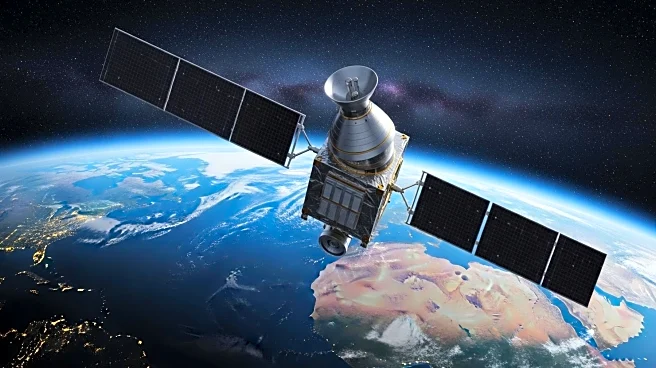What's Happening?
Gas prices in the U.S. continue to be a source of frustration for consumers, with current averages around $3 to $4.63 per gallon, particularly high on the West Coast. This contrasts sharply with prices from the late 1990s, where a gallon of gas cost approximately $1.12, or $2.21 when adjusted for inflation. The rise in prices is attributed to several factors, including pandemic-related supply shocks and geopolitical events such as Russia's invasion of Ukraine, which pushed prices to a peak of $5 per gallon in June 2022. Seasonal changes and inflation also contribute to the current high prices.
Why It's Important?
The sustained high gas prices have significant implications for the U.S. economy and consumers. They increase the cost of living and can affect consumer spending patterns, as more income is diverted to fuel expenses. This situation also impacts industries reliant on transportation, potentially leading to higher costs for goods and services. The historical comparison highlights the dramatic changes in the energy market over the decades, underscoring the need for strategic energy policies and potential shifts towards alternative energy sources to mitigate future price volatility.
Beyond the Headlines
The nostalgia for lower gas prices in the 1990s reflects broader economic and social changes. The current situation may accelerate discussions on energy independence and the transition to renewable energy sources. Additionally, the impact of geopolitical events on energy prices highlights the interconnectedness of global markets and the importance of international cooperation in stabilizing energy supplies.













